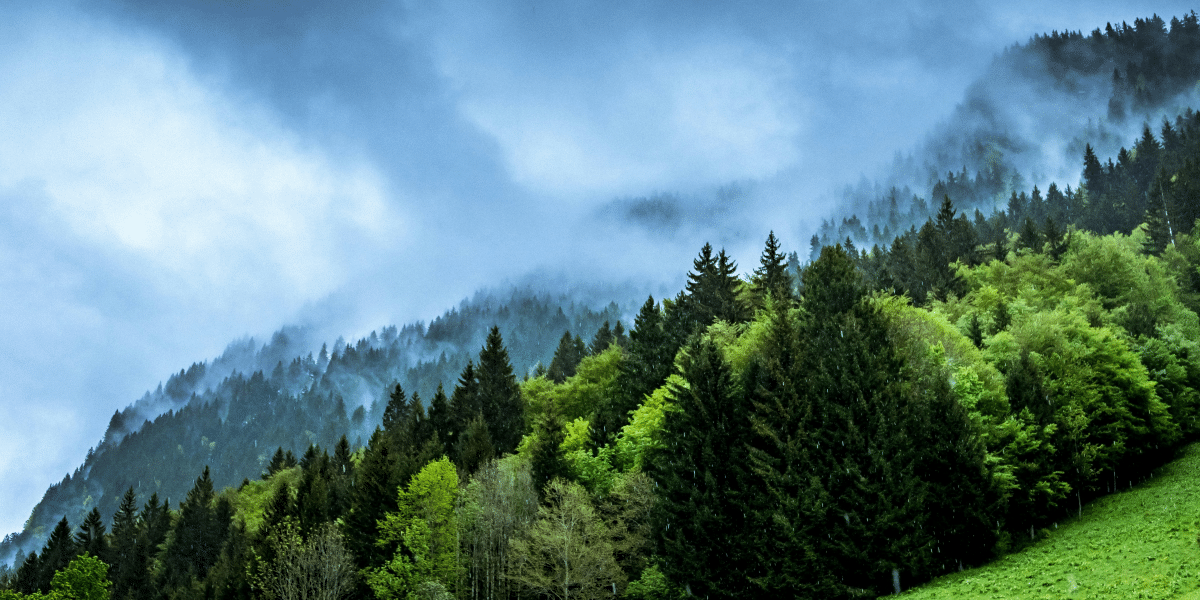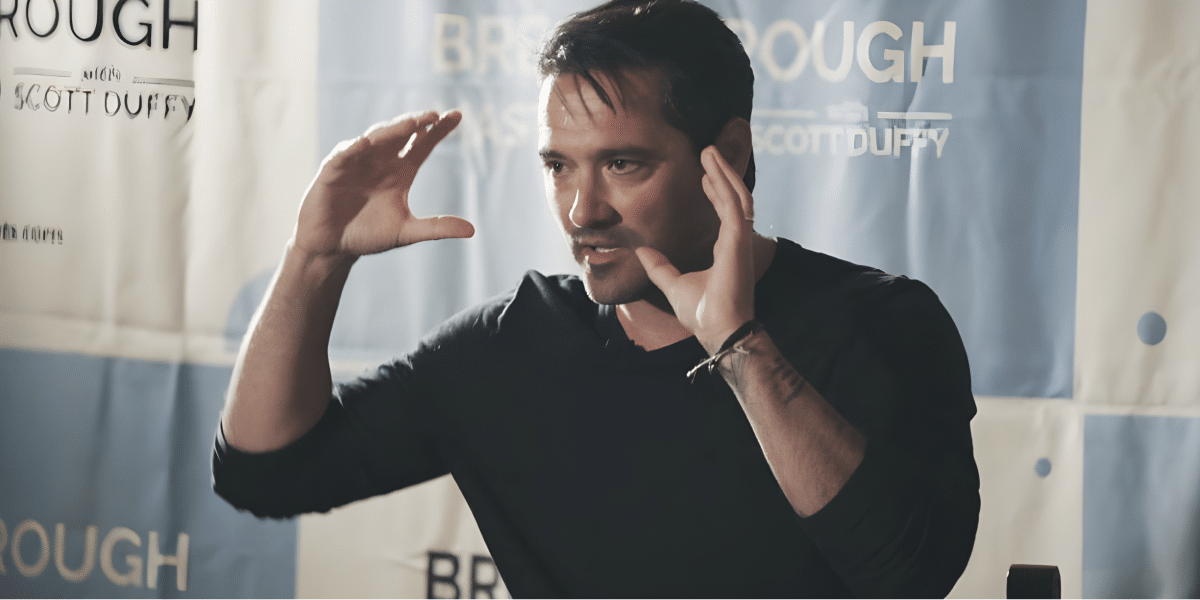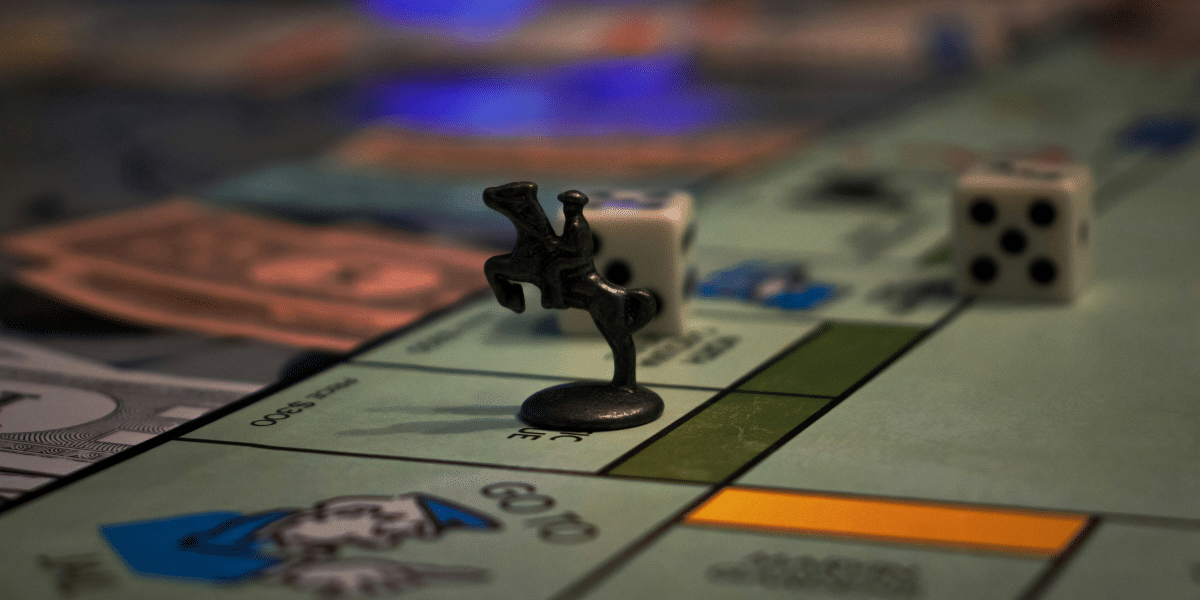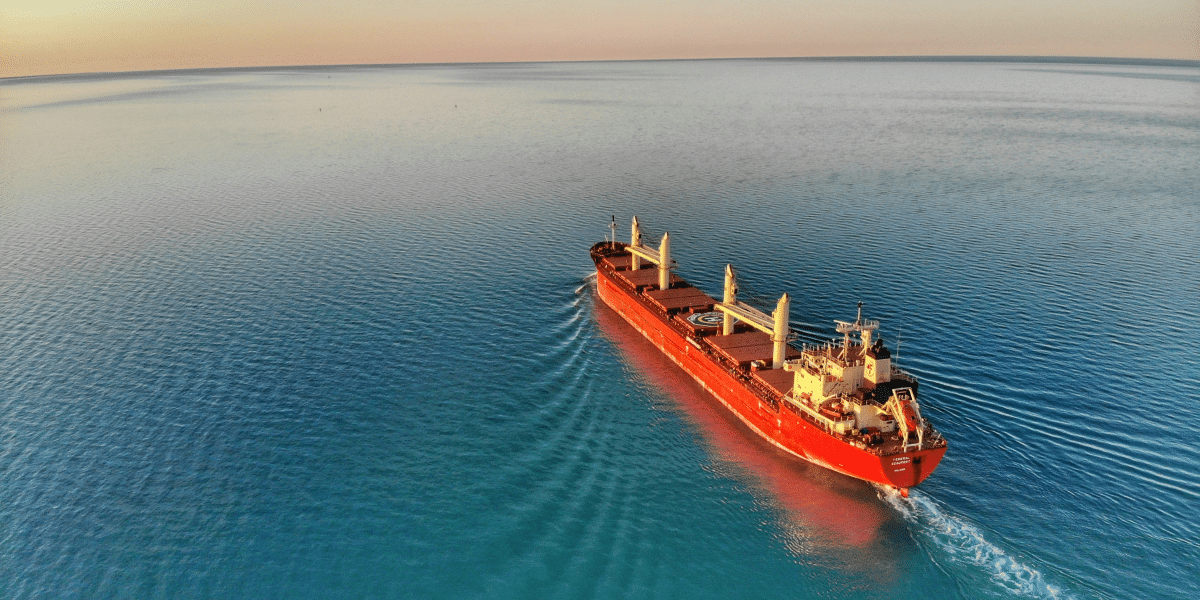The Balance Between Economy and Environment
In the world where money meets Mother Nature, environmental economics plays a crucial role. Let’s take a stroll through the green side of economics, exploring how it intersects with environmental issues, shapes the impact of policies, guides sustainable development, and puts a price tag on our natural resources.
Finding Harmony: Environmental economics is like finding the sweet spot between making money and taking care of our planet. It’s about understanding that the choices we make in our economy can either harm or help the environment.
The Economic Impact of Policies: When governments make rules to protect the environment, it affects businesses and people. Environmental policies can require companies to reduce pollution, use cleaner energy, or follow eco-friendly practices. These policies, while good for the planet, also impact the economy by changing how businesses operate.
Sustainable Development: Growing Smart
Beyond Profit: Sustainable development is about growing our economies in a way that doesn’t harm the environment. It’s like growing a garden – you want it to flourish, but you also want to make sure it stays healthy for a long time.
Balancing Act: In the world of green economics, sustainable development means finding a balance. It’s not just about making money today; it’s about making sure we have resources and a healthy planet for the future. This might mean using renewable energy, protecting natural habitats, or creating eco-friendly technologies.
Valuing Nature’s Gifts
Putting a Price on It: In the world of green economics, we try to put a value on things that nature gives us for free. Clean air, fresh water, and fertile soil – these are priceless gifts from nature. But in economic terms, we try to understand how much they are worth to us and our economies.
Ecosystem Services: Nature provides us with services that often go unnoticed, like bees pollinating crops or wetlands filtering water. Green economics helps us understand and appreciate these services. It’s like realizing that a healthy environment is like a bank that keeps giving us benefits, and we need to take care of it.
The Challenges We Face
Trade-offs and Tough Choices: Sometimes, what’s good for the environment might seem tough for the economy, and vice versa. It’s like deciding whether to use a plastic bottle for convenience or a reusable one for the environment. Green economics helps us make smart choices that balance both sides.
Global Cooperation: Environmental issues don’t follow borders, and green economics recognizes that. Countries need to work together to tackle problems like climate change, deforestation, and pollution. It’s like realizing that we all share this planet, and taking care of it is a joint effort.
Shaping a Greener Future
Innovation and Green Technologies: Green economics encourages businesses to be creative. It’s like finding new and better ways of doing things that don’t harm the planet. From electric cars to solar power, these innovations not only help the environment but also create new opportunities for businesses.
Individual Choices Matter: In the world of green economics, every small choice matters. Choosing products with less packaging, reducing energy use, or supporting eco-friendly brands all add up. It’s like realizing that our individual actions collectively impact the health of the planet.
As we explore the realms of green economics, it becomes clear that the choices we make in our economy directly affect the environment. Balancing economic growth with environmental well-being is not just a challenge; it’s an opportunity. Green economics guides us towards a future where we can enjoy the benefits of a thriving economy while ensuring that the planet remains a vibrant and healthy home for generations to come.









